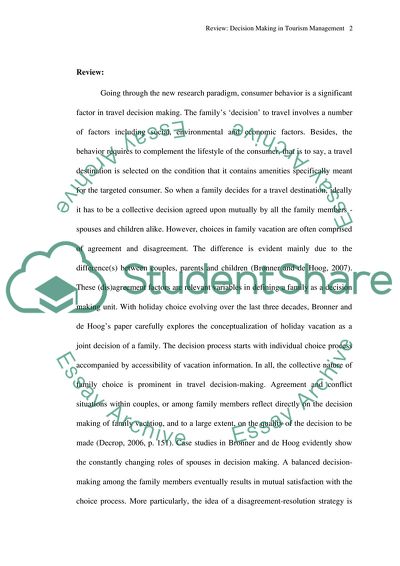Cite this document
(Management of Contemporary Tourist Behavior Term Paper Example | Topics and Well Written Essays - 1500 words, n.d.)
Management of Contemporary Tourist Behavior Term Paper Example | Topics and Well Written Essays - 1500 words. https://studentshare.org/tourism/1737711-decision-making
Management of Contemporary Tourist Behavior Term Paper Example | Topics and Well Written Essays - 1500 words. https://studentshare.org/tourism/1737711-decision-making
(Management of Contemporary Tourist Behavior Term Paper Example | Topics and Well Written Essays - 1500 Words)
Management of Contemporary Tourist Behavior Term Paper Example | Topics and Well Written Essays - 1500 Words. https://studentshare.org/tourism/1737711-decision-making.
Management of Contemporary Tourist Behavior Term Paper Example | Topics and Well Written Essays - 1500 Words. https://studentshare.org/tourism/1737711-decision-making.
“Management of Contemporary Tourist Behavior Term Paper Example | Topics and Well Written Essays - 1500 Words”. https://studentshare.org/tourism/1737711-decision-making.


